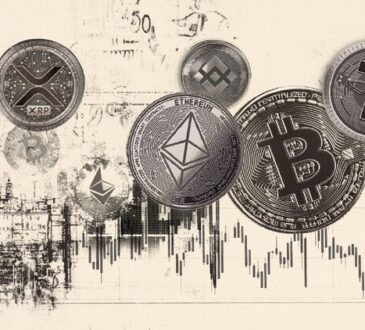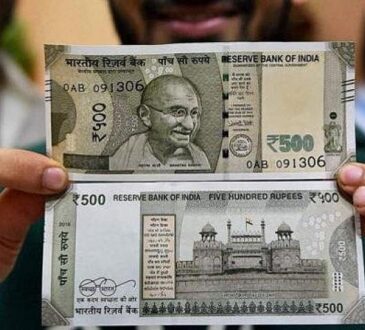
What’s going on here?
The Indian rupee is inching dangerously close to its record low, hovering at 83.6525 against the US dollar at 09:40 a.m. IST, just shy of its June 20 nadir of 83.6660.
What does this mean?
The rupee’s woes are part of a broader trend among Asian currencies, with the Thai baht slipping 0.5% and the offshore Chinese yuan falling past 7.29 following an unexpected rate cut by China’s central bank. The Indian currency has been under siege from persistent corporate dollar demand and pressure from US bond yields. While dollar sales from state-run banks have helped stave off a steeper decline, many expect the Reserve Bank of India (RBI) to continue its intervention, capping the rupee’s fall at around 83.75. On a brighter note, India’s foreign exchange reserves hit a record high of $666.85 billion, up $9.7 billion, suggesting active RBI management to counterbalance rupee depreciation.
Why should I care?
For markets: Rupee in rough waters.
Investors are closely watching the RBI’s moves, given the short-term volatility in the forex market. Overseas investors have poured nearly $5 billion into local equities and debt so far in July, indicating confidence in the long-term growth story of India. Still, the rising dollar index (up to 104.3) and steady US bond yields present ongoing challenges for the rupee.
The bigger picture: Financial currents shaping India’s future.
All eyes are on India’s upcoming budget announcement, where the fiscal deficit target and gross market borrowing estimates will be critical. These numbers will not only impact investor sentiment but might also dictate the RBI’s ability to maneuver its foreign reserves to stabilize the rupee. With robust reserves and significant foreign investor interest, India could steer through these turbulent financial waters, but vigilance is key.



